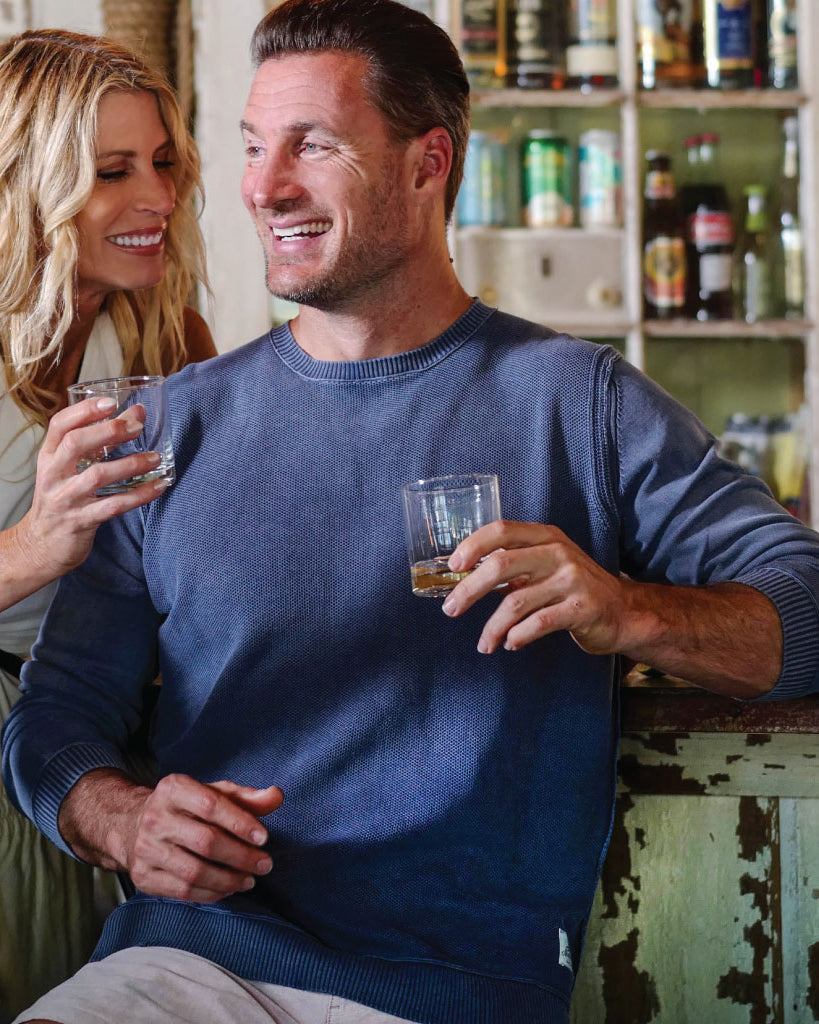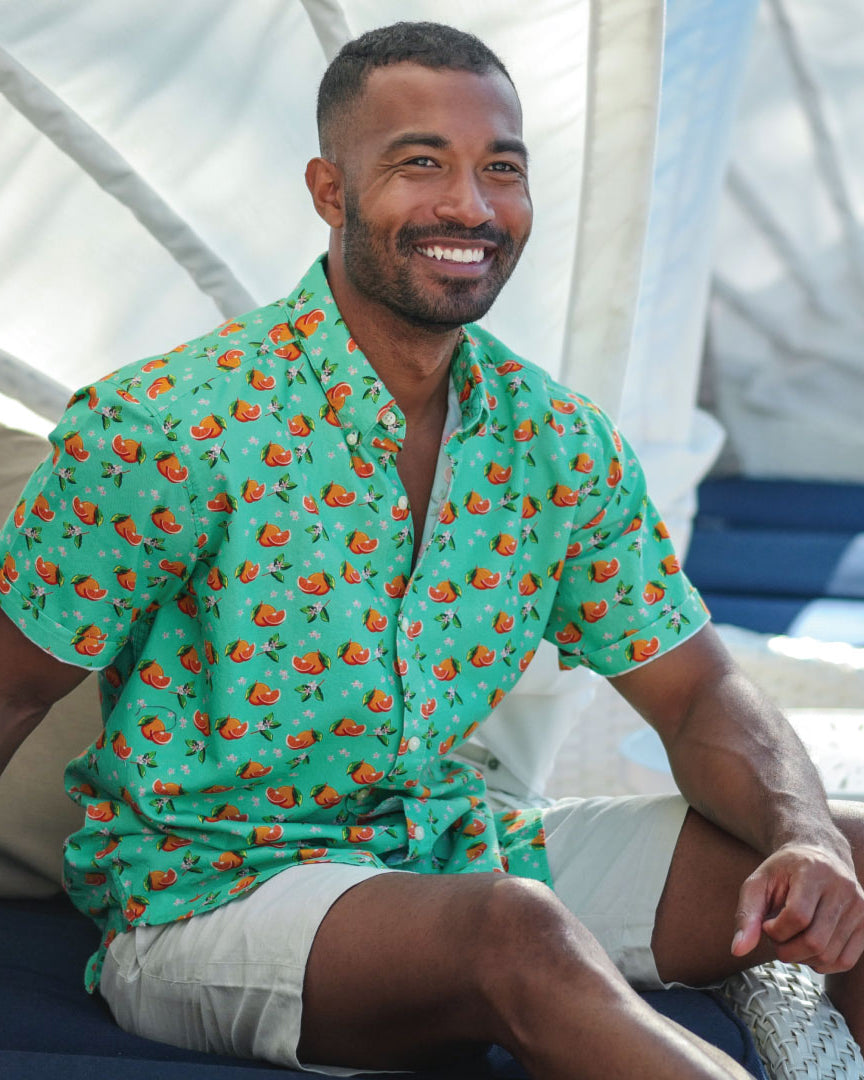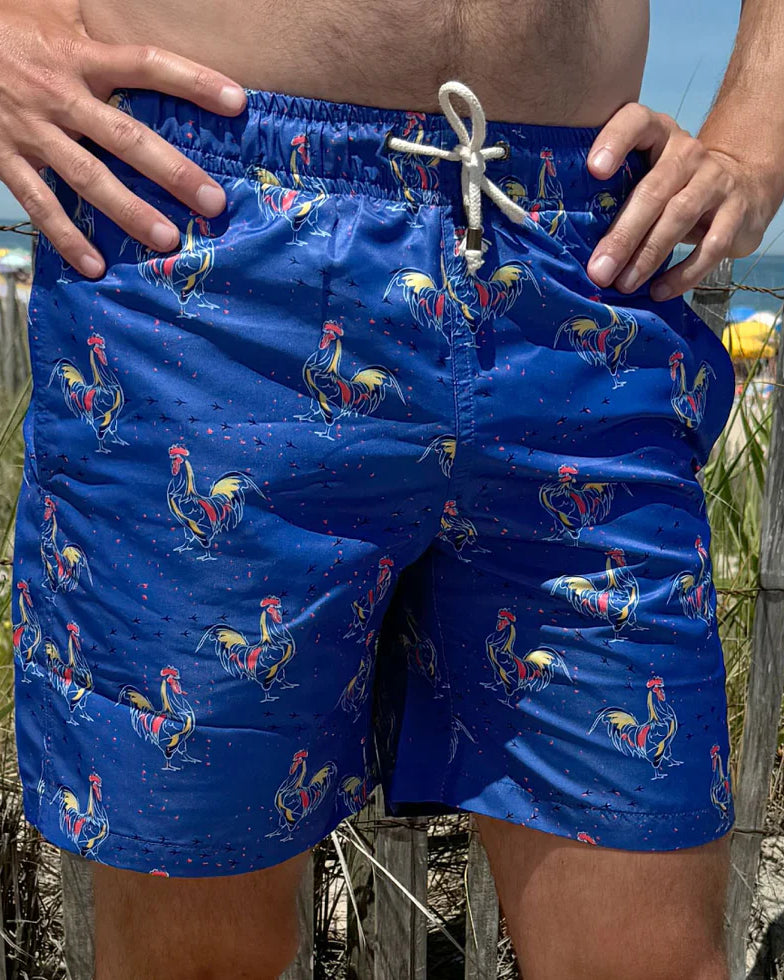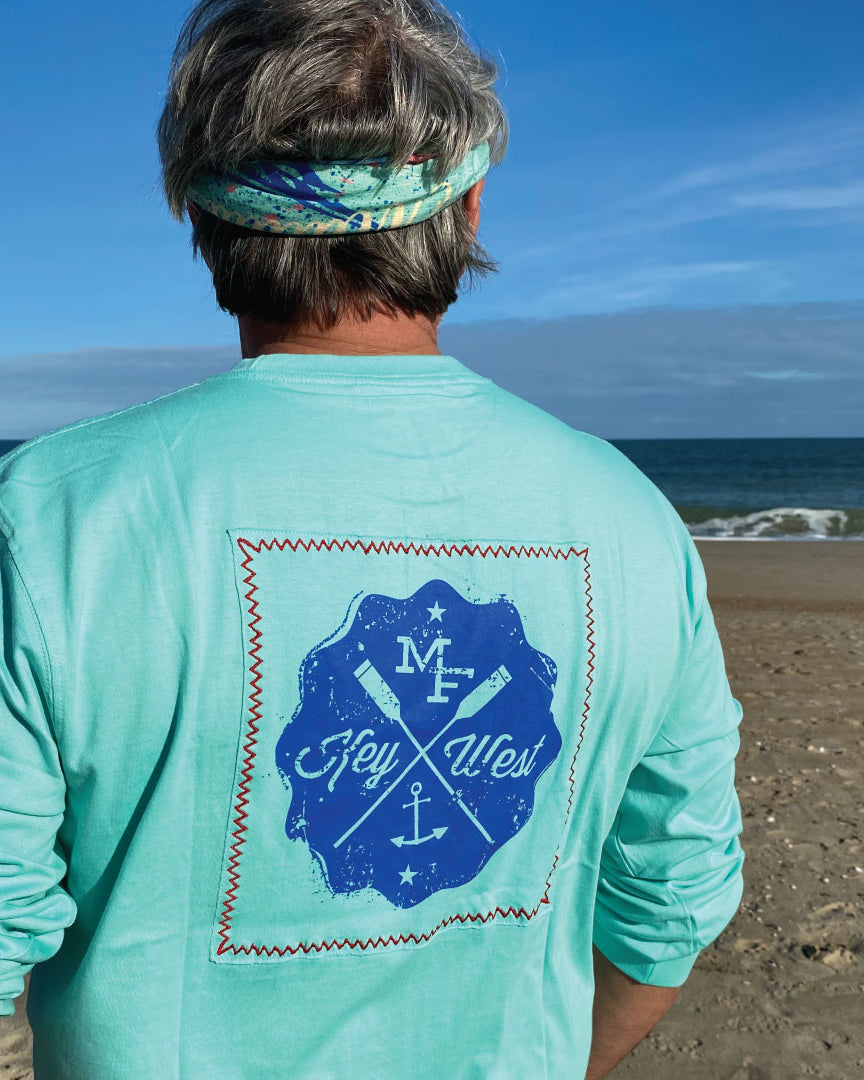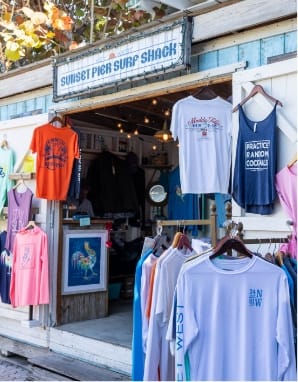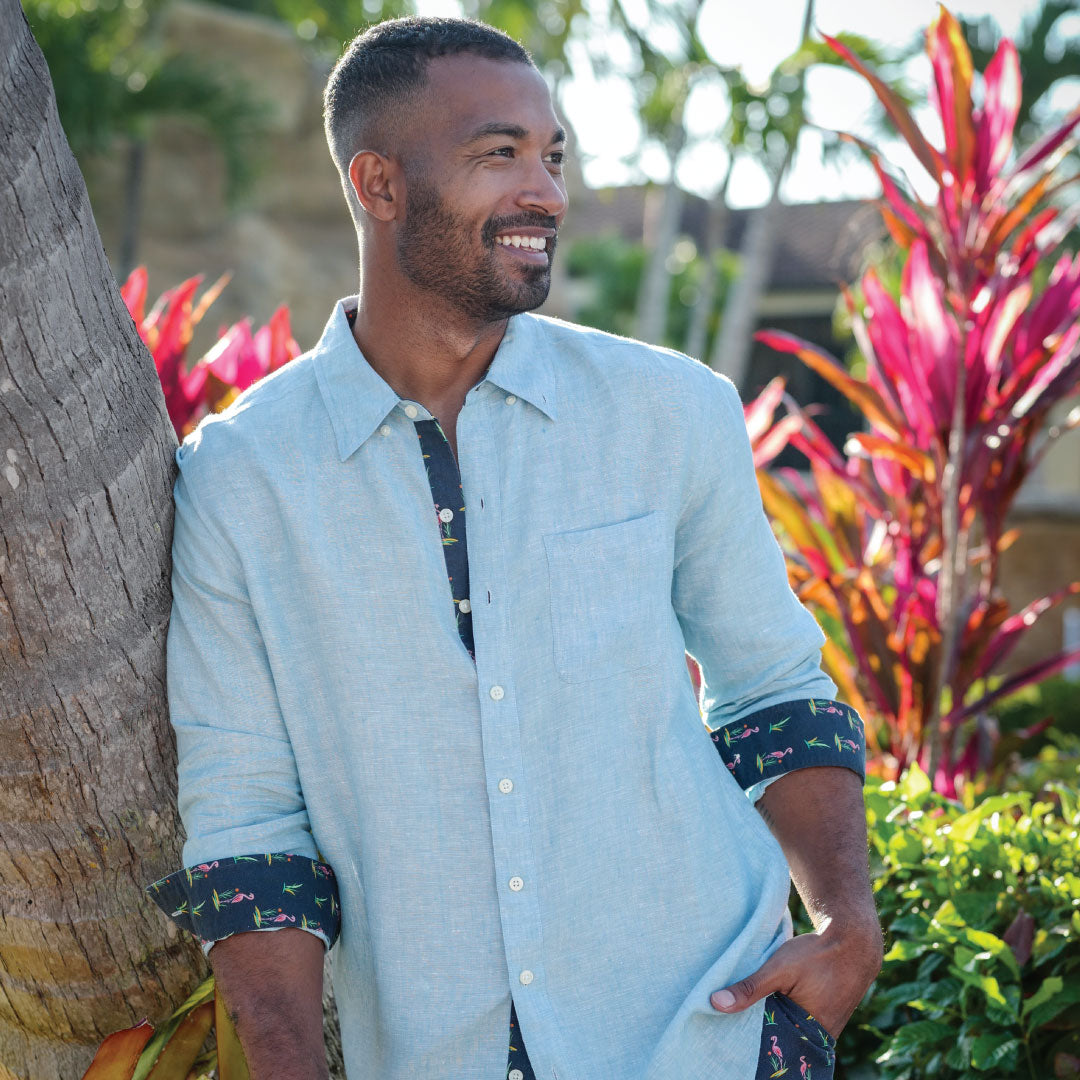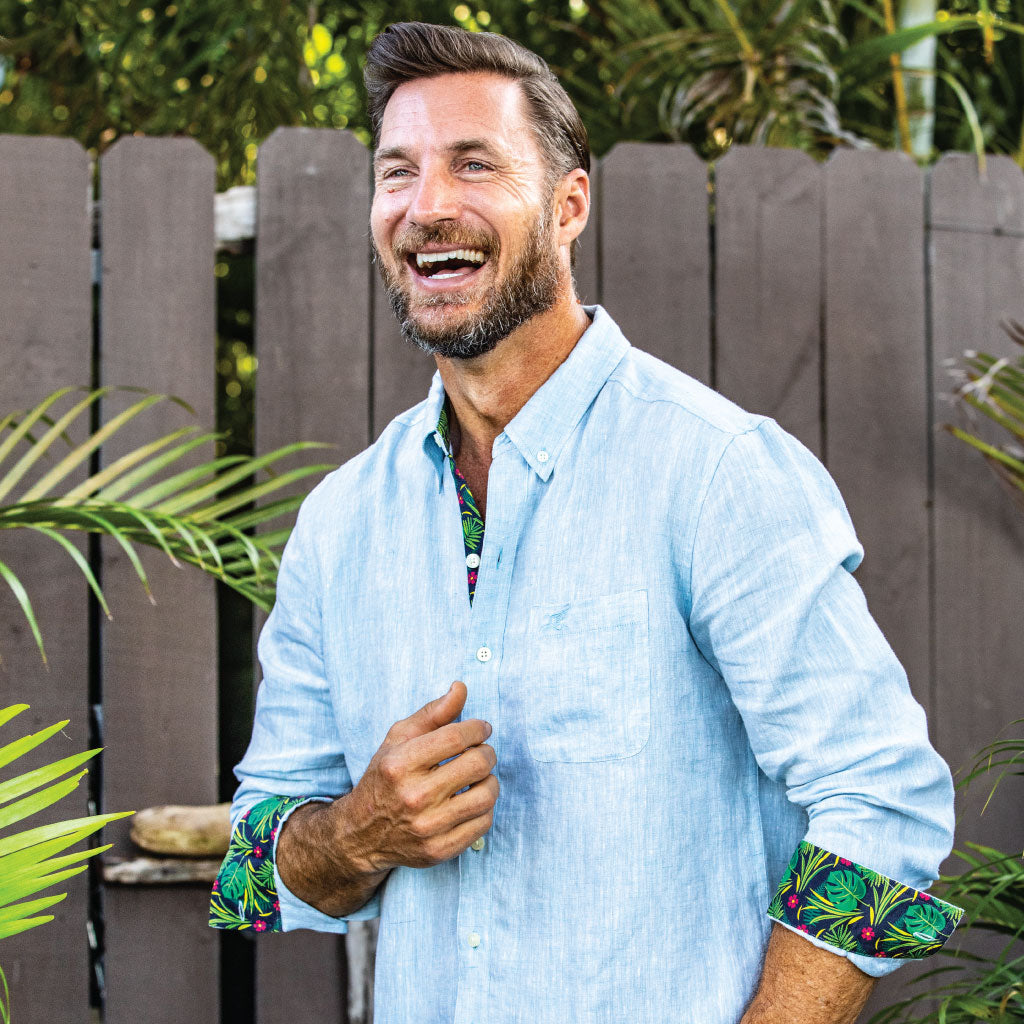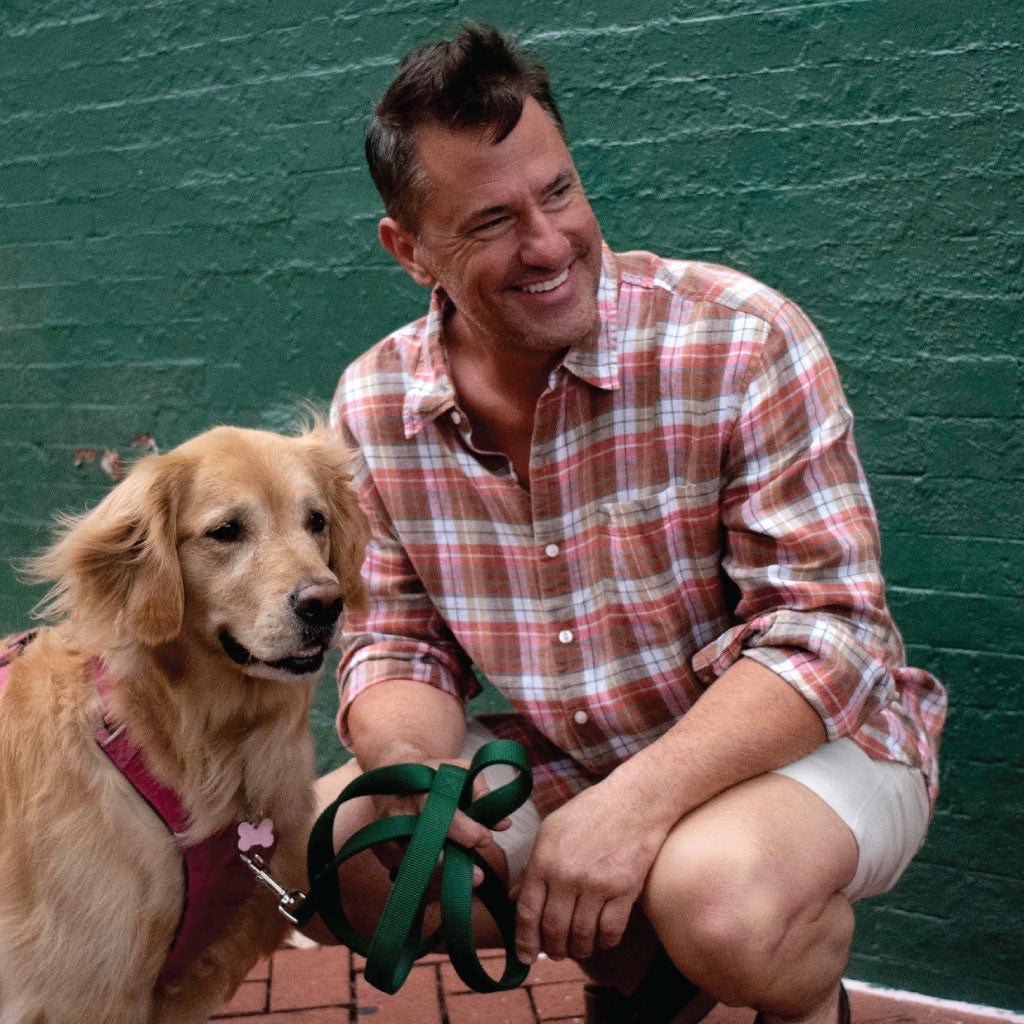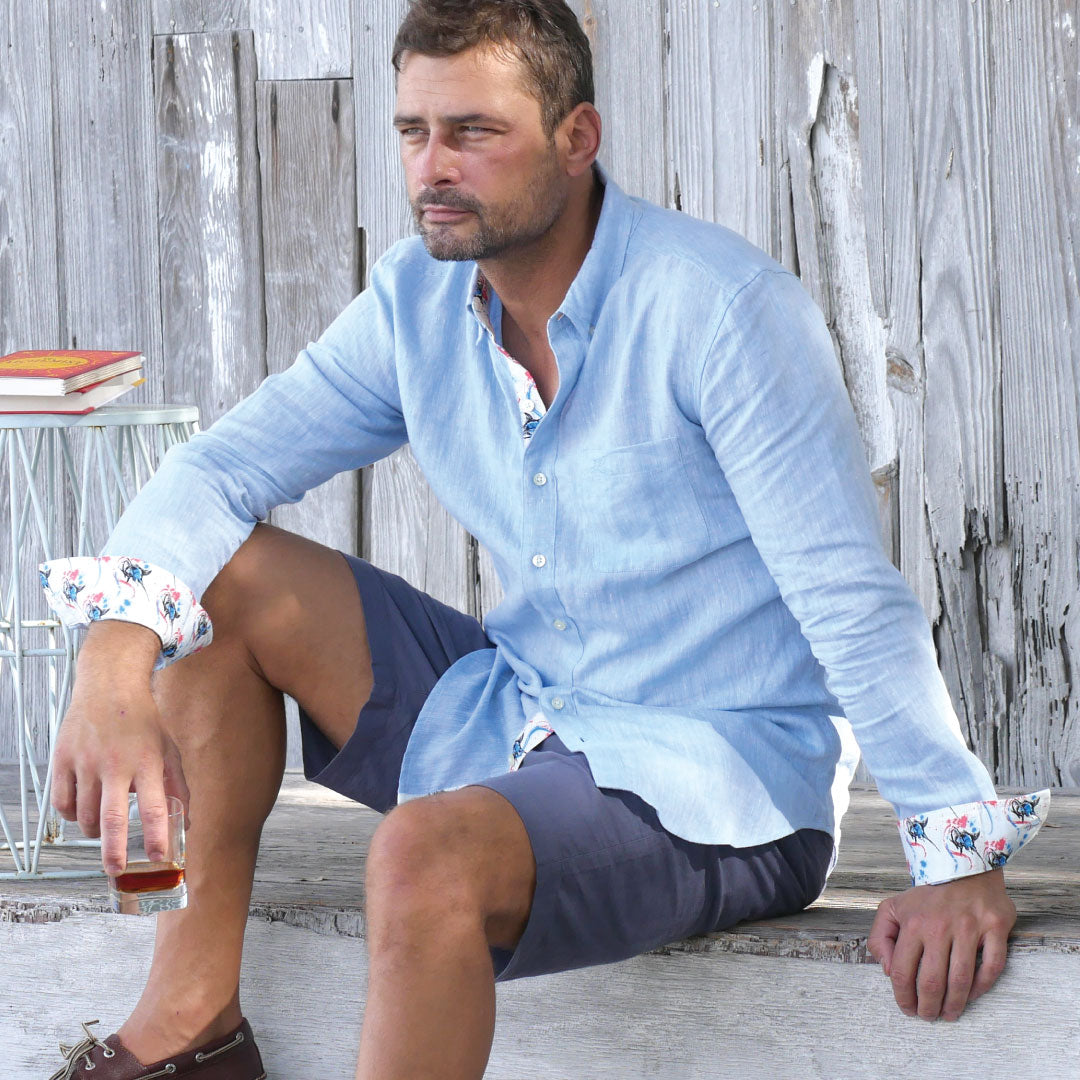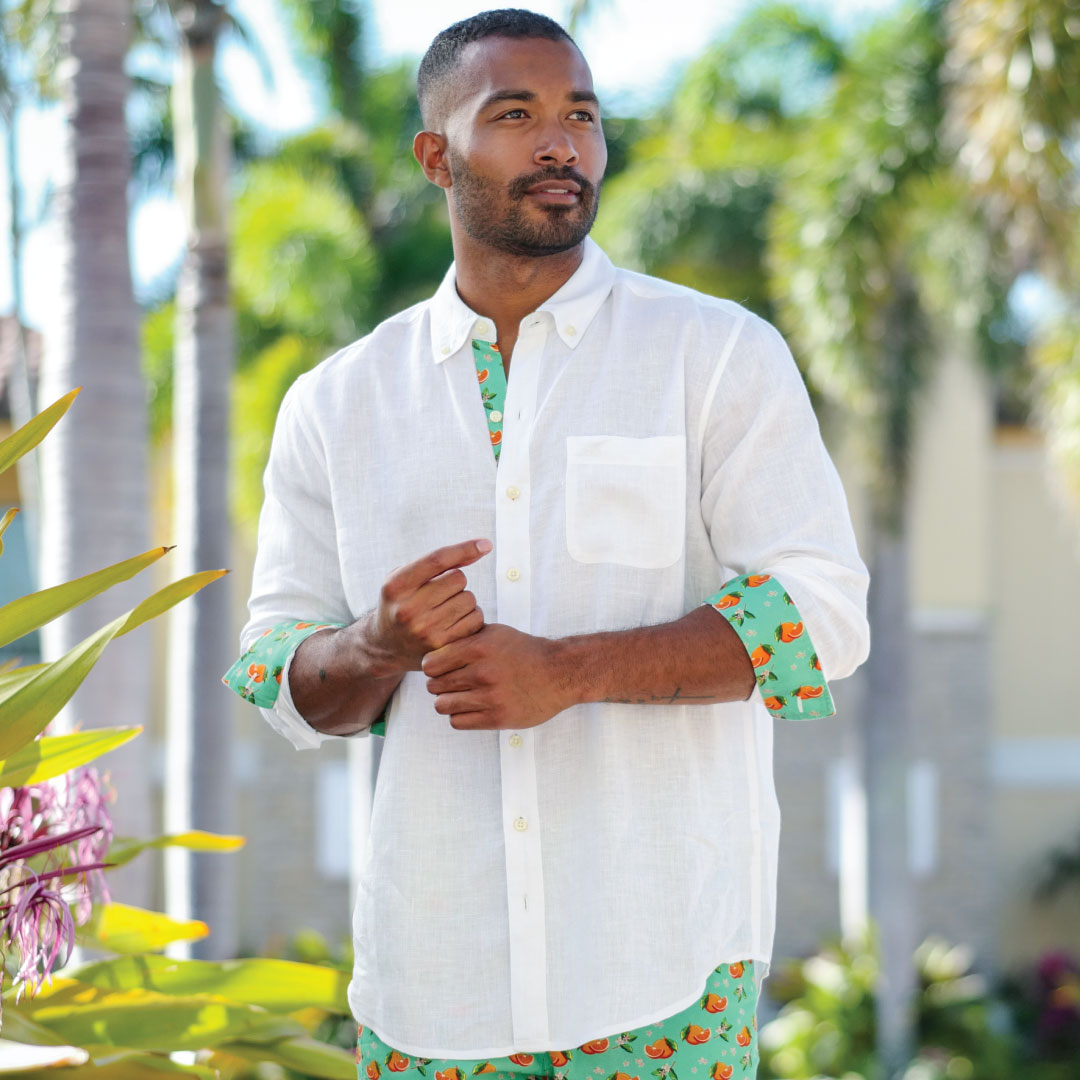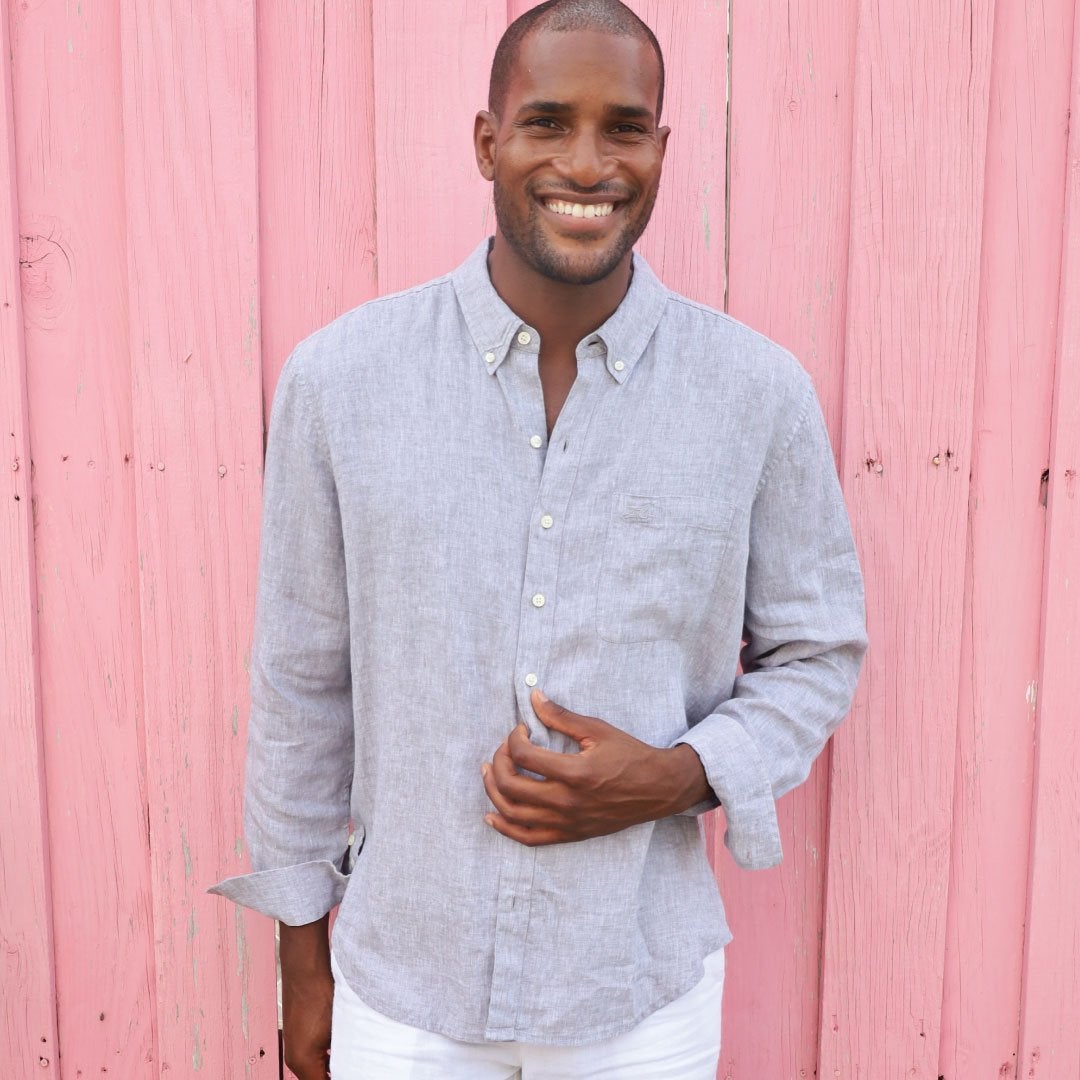
When it comes to warm humid weather, the people who live closer to the tropics know what to wear to stay comfortable. Think of warm areas in the US, (nowadays that is pretty much the whole country). But also Mexico, Central and South America and of course, the Caribbean. These folks know what to wear to beat the heat. The uniquely recognizable, stylish, and functional shirt that clearly is set apart from every other shirt is…the Guayabera.
Origins

The origins of the guayabera are murky at best, without a single definitive answer. Several countries have laid claim to ‘inventing’ the shirt. Countries like Mexico, and Cuba seem to be the country most associated with the origin of the shirt, but many other Central American countries believe the shirt originated there. Truth is, the answer to this question will be forever debated.
Here are a few of the most common theories about its origin.
The Central American version of the guayabera began a few hundred years ago, in the late 18th century. A Yucatan farmer’s wife wanted an easier way for her husband to carry guayaberas (guava fruit) when he was working in the field. She created the shirt with four large front pockets so he could easily pick and carry the guavas. There is some credence to this theory since ‘guavas’ are a part of the shirt’s name.
A different version of the guayabera claims that the shirt originated near the Yayabo River region of Sancti-Spiritus, Cuba. Legend has it that Jose Rodriguez asked his wife Encarnacion Garcia to make him a shirt with long sleeves and four pockets to store his cigars and other items while he worked. The inhabitants of Sancti-Spiritus are referred to as ‘guayaberos’ or ‘guayaberas’, adding to the belief that this is where the shirt originated.
While those two are the most recognized tales regarding the creation of the guayabera, still other countries from as far away as the Philippines say that the shirt originated there. Its story was that the Guayabera originated there, and was brought to Central America, specifically Mexico, then to Cuba where it quickly gained popularity.
Styling
Although until now you may think you have never heard of a Guayabera. Well, you may not be familiar with the name but you would quickly recognize it with its distinct characteristics and features.
In its original form, the Guayabera was designed for functionality with four deep front pockets and long sleeves. Today some shirts are made with short sleeves and fewer pockets, and some have no pockets. When pockets are present, the top of each pocket is adorned with a button.

One particularly eye-catching feature on the front of the shirt is two vertical rows of 10 to 12 small pleats (called tuxes). Often these pleats have detailed embroidery embedded in them. The back of the shirt has three rows of these pleats with buttons at the top of each pleat. Some shirts include small slits on the sides of the shirt and have four buttons around the slits.
Guayabera has a straight hem and is strictly designed to be worn untucked. NEVER EVER TUCK IT IN.
Initially, most Guayaberas were designed white or light-colored to keep the hot sun at bay. Nowadays they can be found in a wide variety of colors including darker shades, some with very intricate embroidery depending on the occasion.
The original material used for the shirt was linen, because of the many benefits linens provide in warmer climates. Here are just a few, that make linen the obvious fabric of choice.
Linen is a robust natural fiber that is 30% more durable than cotton. This was important back in the day because their clothes would last for long periods of time, even generations if well maintained.

Highly absorbent and breathable, linen can absorb up to 20% of its weight before any moisture appears on its surface. Since moisture also evaporates quickly from linen, it keeps moisture away from our body allowing it to cool.
Linen has a natural insect repellent keeping those nasty bugs away and is hypoallergenic for those with sensitive skin.
Finally, linen is eco-friendly, since flax can grow in almost all conditions, even poor ones, it requires very little water and no fertilization, making it the most ecologically safe fabric to grow.
Today, manufacturers will use linen, silk, cotton, or a linen/cotton blend to make the shirt. But to this day, linen is still the preferred fabric because of its benefits and the comfort it provides.
Storied History
The shirt does have a great deal of political symbolism as well. Guayaberas have been worn widely by many Latin American leaders, most notably Fidel Castro and Cesar Chavez. It was worn so that these leaders could give the appearance that they ‘identify’ with the ‘common’ populous in their countries.
US leaders including presidents such as Ronald Reagan, George Bush, and Barack Obama have worn the Guayabera as a sign of solidarity when visiting the Cuban community in Miami, and when attending summits in Central and South America. The guayabera is often offered as a gift to foreign government representatives visiting these countries.

- photo from Wikipedia
The guayabera has many different names in different countries. In Jamaica, it is known as the ‘bush jacket’. In Mexico, it is widely known as the ‘Mexican Wedding Jacket’ as it is regularly worn at these celebrations. While in Trinidad and Tobago it is worn by physicians for practical reasons, to carry their stethoscope, pens, prescription pads, and other relevant items.
Also, shirts worn in the Old West may have had their roots in the guayabera. The shirt was a fixture of men that farmed and settled in what was referred to as the ‘Wild West’. We see the depiction of these shirts in movies about this era in US history with the heavy embroidery and wide collars.
No matter the debate over its beginnings, the guayabera is worn extensively from the southern regions of the US to the tip of South America, from the Philippines to Southern Spain and Portugal. While extremely popular in Hispanic cultures, its popularity continues to grow across the globe.
IT'S IN STOCK


Madda Fella, based out of Key West, Florida, with its warm humid climate, is thrilled to announce that we have added the stunning guayabera to our fine menswear line. A terrific option for dining outdoors overlooking the water, attending a mid-summer beach wedding, cruising the Caribbean, or just staying cool on those sticky weather days.


